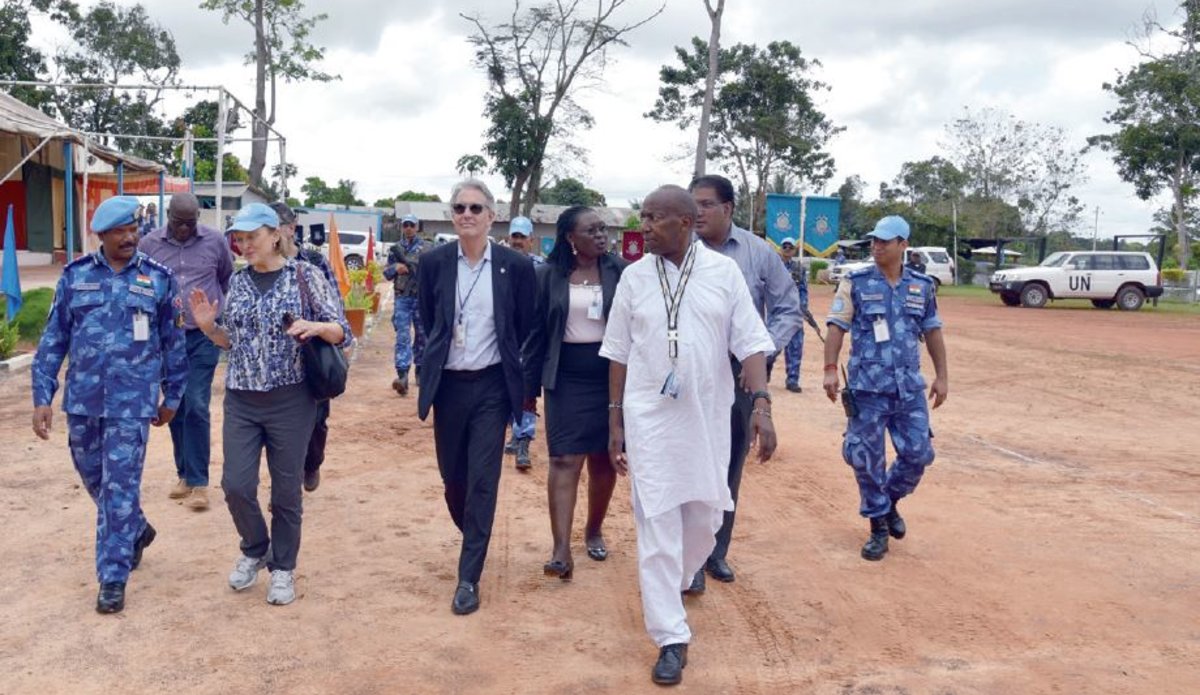The story of UNMIL [Book]: Establishing field offices

Peacekeeping missions are required to set up offices in all kinds of locations. They can be remote, high risk and with no infrastructure. One office may consist of a few military observers, while others may be camps or larger hubs with an airfield and military contingent. Setting up a site requires dealing with government authorities, landlords or finding a suitable location. Most of the time, there is little pre-existing infrastructure. All sites need to be secure and have adequate standards of accommodation, power, sewage, water and capacity for storing materials. Each site is unique, and setting one up depends on what’s there already and how quickly items can move through the supply chain.
For buildings, UN missions use a good deal of prefabricated materials as they can be assembled quickly. Any buildings that already exist at the site, are usually in poor condition so require renovation to bring them up to standard. In this country, during the wet season, roads are impassable for six or seven months of the year. The roads to one UNMIL office were blocked for three or four weeks every year so required aviation support. A fixed-wing aircraft, requires a secured runway, and a helipad needs a perimeter area. The landing area must be secured and free of people or animals. An airport service then requires its own infrastructure.
Setting up a site is not a trivial activity. If communications systems fail in a regional office they have to be fixed and maintained. How will they be maintained? Lightning frequently strikes the buildings, frying the communications linkages. Weather has also challenged delivery by air.
UNMIL engineering units have been repairing and sealing roads. And there are areas that become bogs in the rainy season. A heavy truck stuck in the middle of the road means no one else can pass. There are also many supply chain challenges. In those sites, creative contingency plans are needed for just about everything, including medical emergencies.
 UN
UN United Nations Peacekeeping
United Nations Peacekeeping





